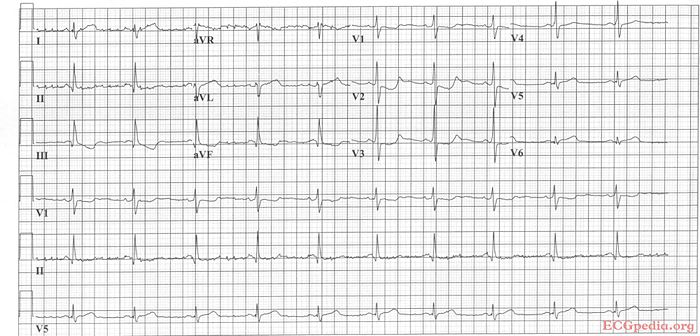MI 5: Difference between revisions
Jump to navigation
Jump to search
m (Answer example 5 moved to MI 5) |
mNo edit summary |
||
| Line 1: | Line 1: | ||
{{Case| | |||
|previouspage= MI 4 | |||
|previousname= MI 4 | |||
|nextpage=MI 6 | |||
|nextname=MI 6 | |||
}} | |||
'''Where is this myocardial infarction located?''' | |||
[[Image:ami0005.jpg|700px|thumb|left|ECG MI 5]] | |||
{{clr}} | |||
[[Answer MI 5|Answer]] | |||
Latest revision as of 09:19, 11 November 2008
| This page is part of Cases and Examples |
Where is this myocardial infarction located?
